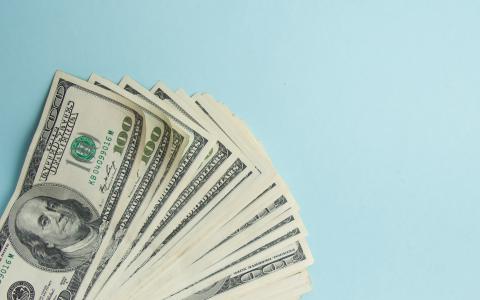
(investopedia) As the stock market surges to new record highs, an increasingly popular way to invest has passed a new milestone of its own, with assets under management (AUM) now passing the $4 trillion mark for U.S.-based ETF sponsors, per a report by ETF.com. While strong stock market gains have been a big factor in the rising value of equity ETFs, fixed income ETFs have enjoyed brisk inflows as well, the report indicates.
The growth of ETF assets is breathtaking. It took 8 years for the U.S. ETF industry to reach $1 trillion in assets, but going from $3 trillion to $4 trillion took only 2 years. The ETF market began to take off in earnest after the financial crisis of 2008, as banks began shedding securities from their balance sheets and battered retail investors were eager to find cheap ways to build diversified portfolios going forward, Bloomberg observes.
The table below summarizes the recent ETF boom.
KEY TAKEAWAYS
- U.S.-based ETFs have hit a new milestone in assets.
- Investors are buying both equity and fixed income ETFs at a brisk pace.
- Both individual and institutional investors are ETF buyers.
Significance For Investors
The SPDR S&P 500 Index Trust (SPY), launched in 1993, is the oldest, largest, and most liquid ETF, with nearly $276 billion in assets and an average daily trading volume of $18.3 billion as of July 9, 2019, per data from FactSet Research Systems reported by ETF.com. BlackRock, Vanguard, and State Street dominate the U.S. ETF market, combining to control about 80% of assets, per the same sources. SPDRs are offered by State Street, while BlackRock is the firm behind iShares.
Passively-managed ETFs, such as the SPY, have been popular with individual investors who are disappointed with the high costs and persistent underperformance of active investment managers. According to a survey conducted by Charles Schwab, 79% of respondents indicate that ETFs are their "investment vehicle of choice," as ETF.com puts it.
Compared to ETFs, the average large cap fund has failed to beat the S&P 500 Index (SPX) in every calendar year since 2009, per research by S&P Dow Jones Indices cited in the report. Among 4,600 U.S.-based equity, bond, and real estate funds with a combined $12.8 trillion in AUM, only 24% beat passive alternatives across the 10 years ending Dec. 31, 2018, per Morningstar Inc.
Meanwhile, a growing number of institutional investors are using ETFs as a low-cost asset allocation tool, the report mentions. Indeed, nearly 25% of these professional money managers' portfolios were in ETFs as of the end of 2018, per a study by Greenwich Associates. The SPY, for example, has an expense ratio of only 0.09%.
While the largest category of ETFs by assets is passive vehicles linked to equity indexes, actively-managed and so-called smart beta ETFs are increasing in number. Moreover, fixed income ETFs represent 19% of total ETF assets, and 5 of the 10 ETFs enjoying the biggest net inflows during the first half of 2019 were fixed income, ETF.com notes.
Jay Jacobs, head of research and strategy at ETF issuer Global X Funds, finds that a significant amount of the net inflows into ETFs during 2019 have been into riskier funds promising high yields. "We think this movement this year, a lot of that shift into ETF assets, is looking for yield," he told CNBC. His firm uses various methods to produce ETFs yielding 9% or more, such as by seeking out stocks with the highest dividend yields in the world and by using covered call strategiesto boost portfolio income while sacrificing some potential gains.
Looking Ahead
Inexpensive passive investment alternatives such as ETFs are bound to enjoy continued rapid growth as long as active managers continue to underperform. However, their popularity may wane during a bear market. That's because the vast majority of ETFs do not insulate investors from the losses that will come with drops in the values of their holdings, and panicked investors may start dumping their ETF holdings during the next sustained market decline, sparking even steeper losses.



